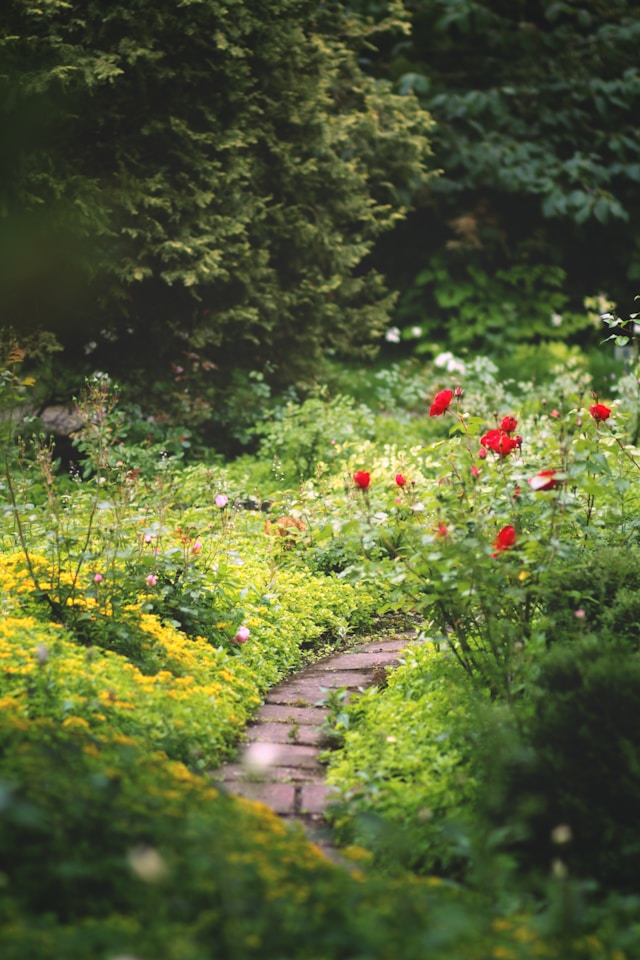Summer is finally here. June brought had its moments. Wimbledon attracts rain like a magnet but here we are in July and English gardens are in full bloom. Just take a moment to survey the vibrant display of flowers, lush greenery, and thriving vegetable patch. This is what it’s all about.
How can you keep it looking lovely?
Some plants will have already flowered, so remove spent blooms from flowering plants like roses, dahlias, and perennials. This will encourage further blooming and prevents plants from directing energy into seed production. Light pruning of shrubs and hedges ensures they maintain their shape and do not become overgrown.
Weeds grow rapidly in the summer and can quickly overtake garden beds. Regular weeding (a little and often) is crucial to prevent them from competing with your plants for nutrients and water. Focus on areas around the base of plants and in vegetable plots.
July can be hot and dry (hopefully), so consistent watering is important. Water plants early in the morning or late in the evening to reduce evaporation and ensure the roots receive adequate moisture. Pay special attention to containers and hanging baskets, which can dry out quickly.
Feed flowering plants with a high-potash fertilizer to promote blooming. Vegetable gardens also benefit from regular feeding to support the growth of crops. Use organic compost or liquid feed for best results.
Mow the lawn regularly, but avoid cutting it too short during hot spells to prevent it from drying out.
July is when the harvest starts to come in. Pick ripe crops such as tomatoes, beans, cucumbers, and soft fruits like raspberries and strawberries. Regular harvesting encourages plants to produce more. Tall or climbing plants like beans, tomatoes, and some perennials may need additional support as they become laden with fruit. Check stakes and ties, ensuring they are secure but not damaging the plants.
Plan for late summer and autumn crops by sowing seeds of vegetables like lettuce, carrots, and radishes. Consider planting biennials and perennials for next year’s display.
But above all, enjoy your garden!
Photo by Morgane Le Breton on Unsplash

